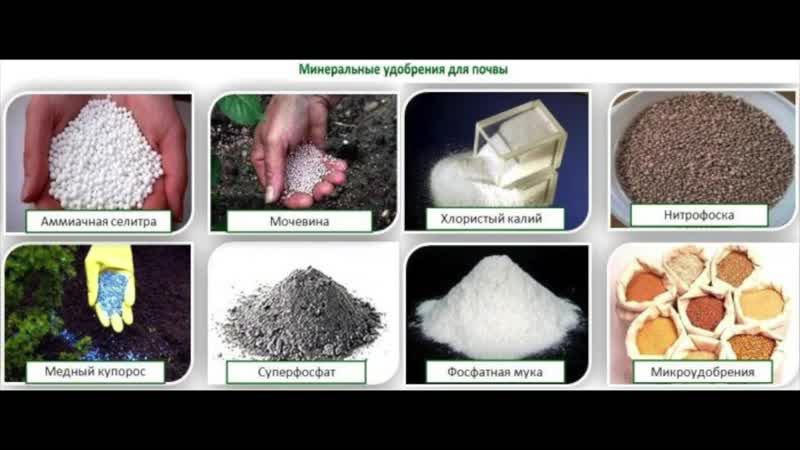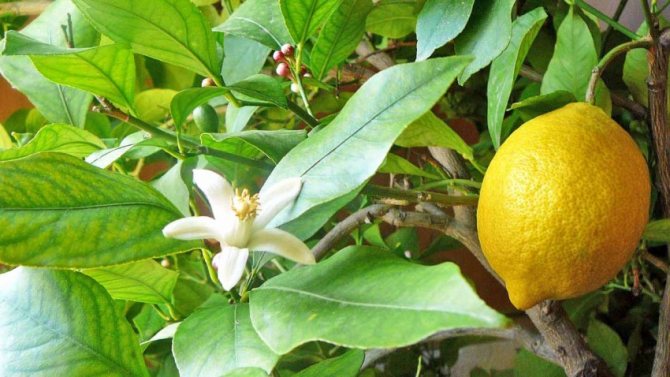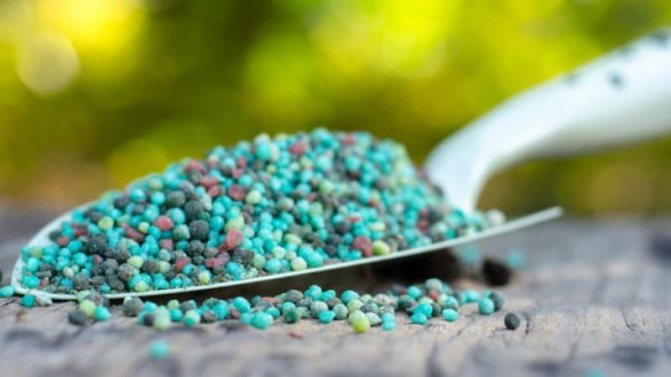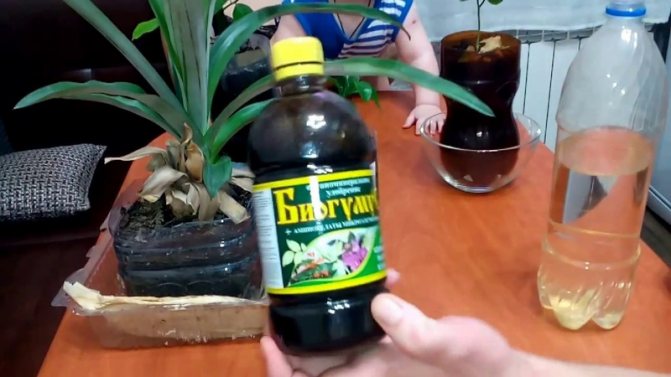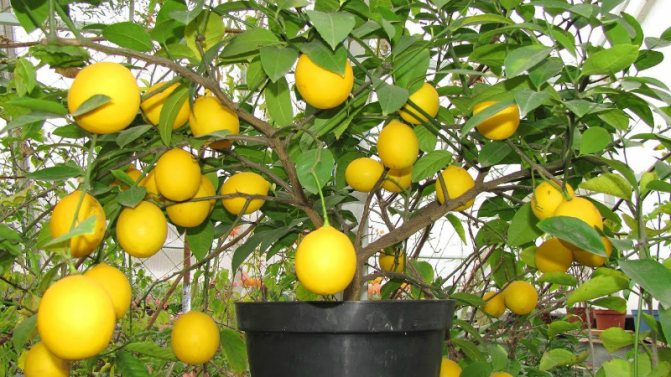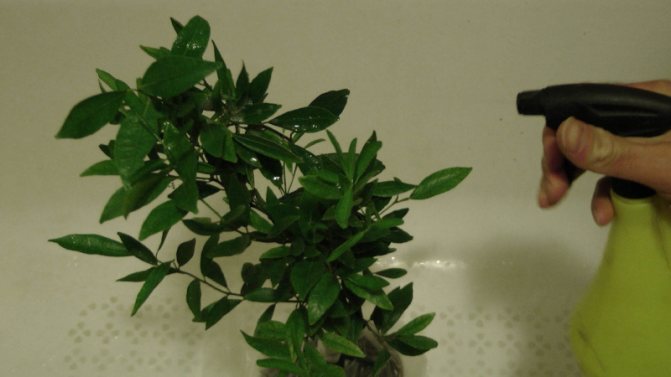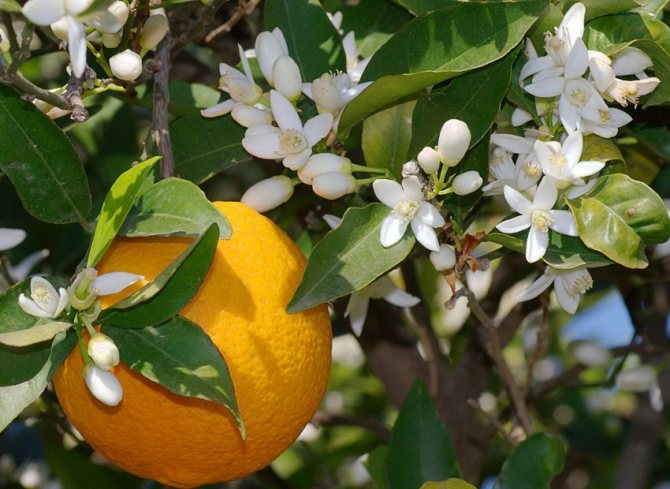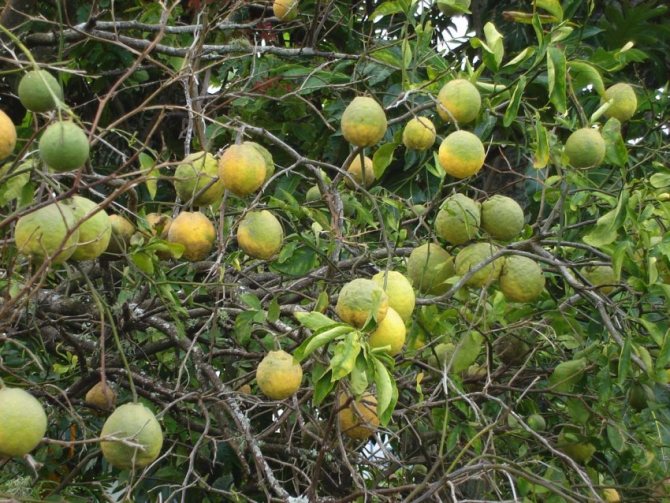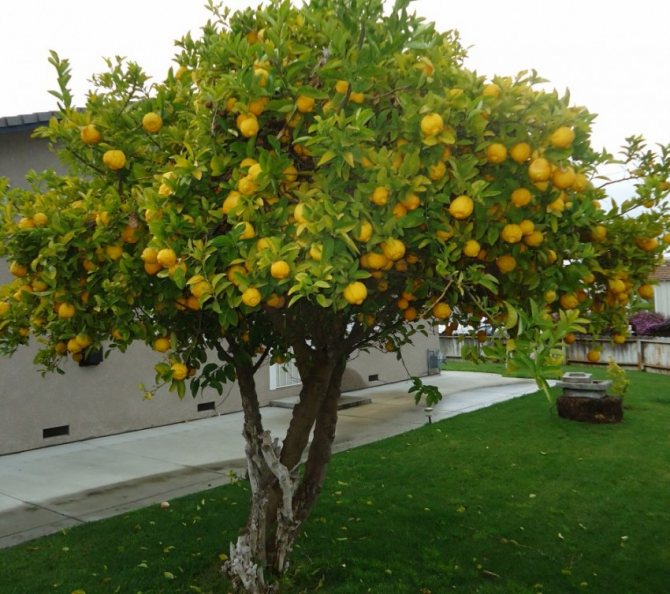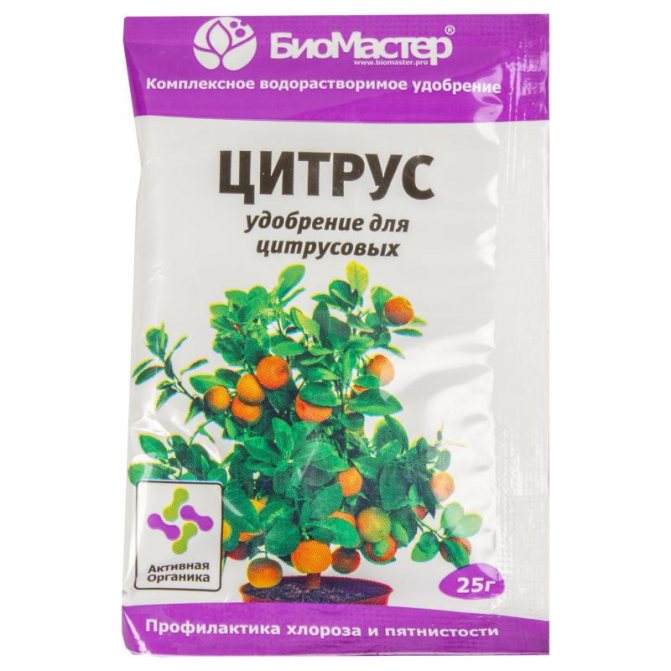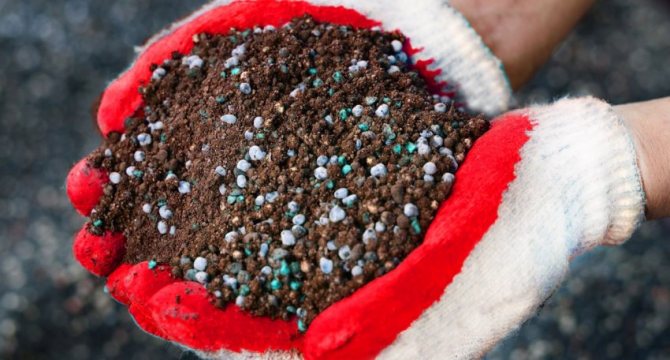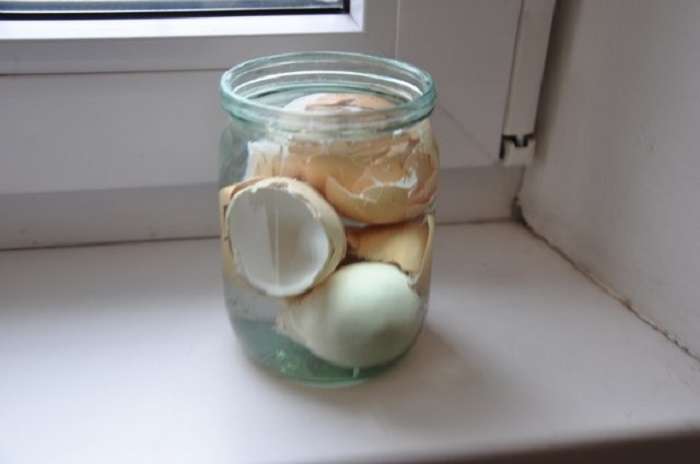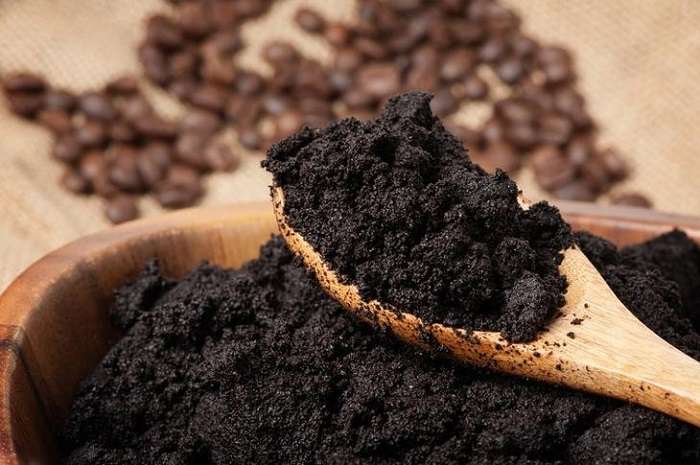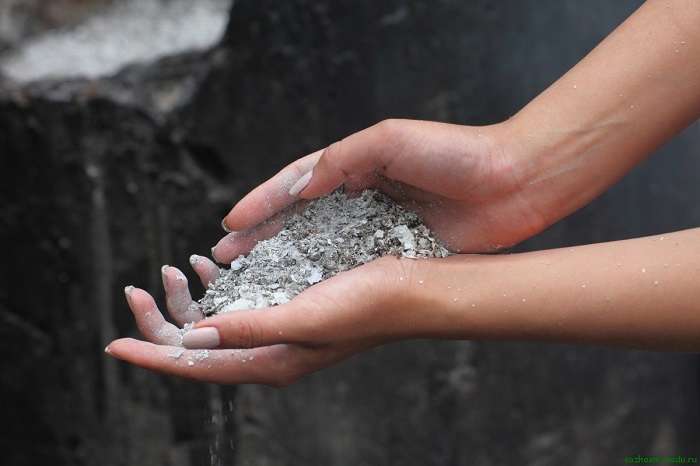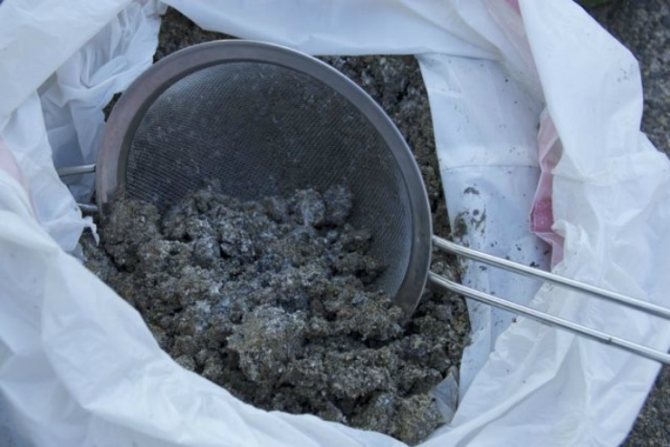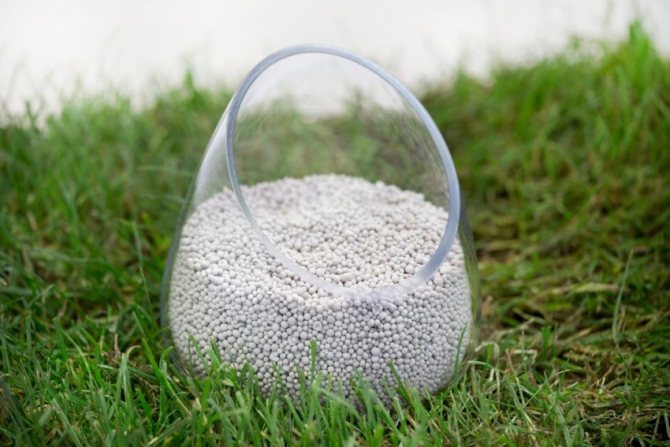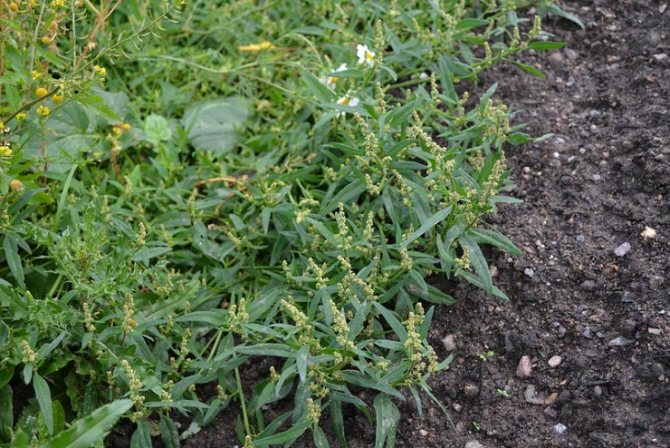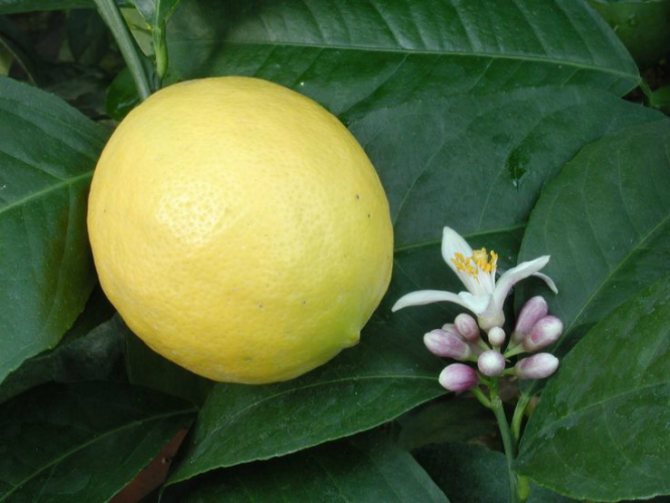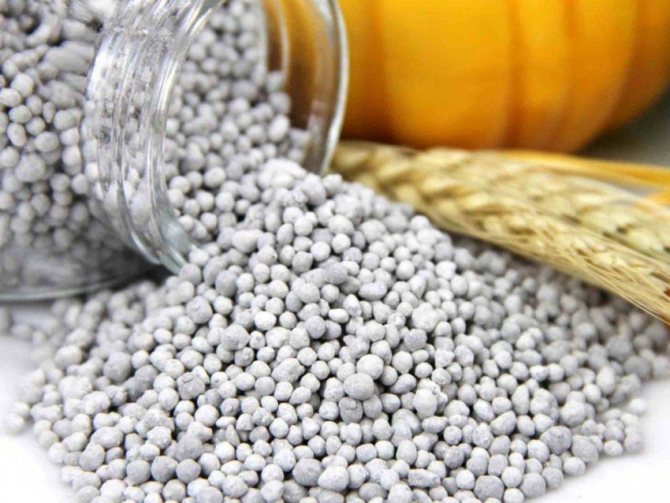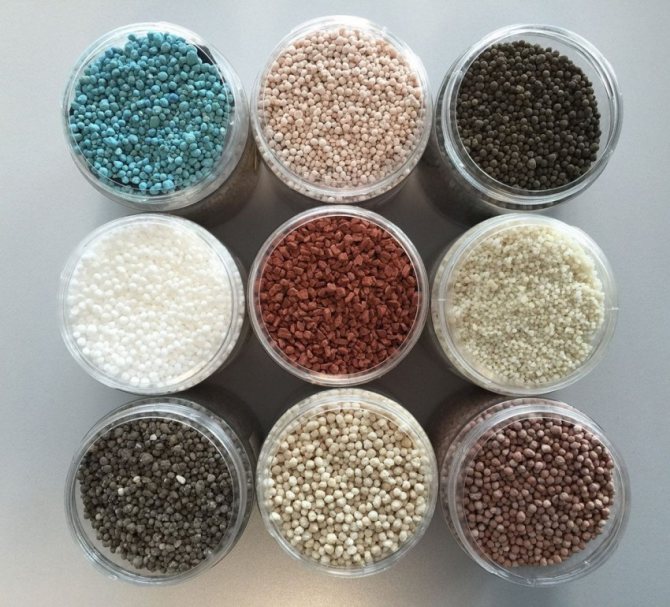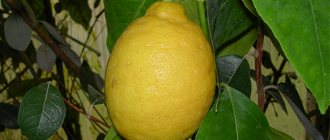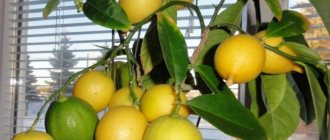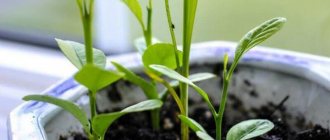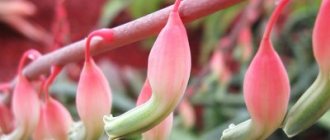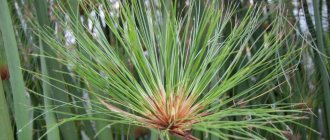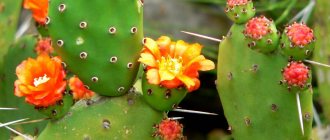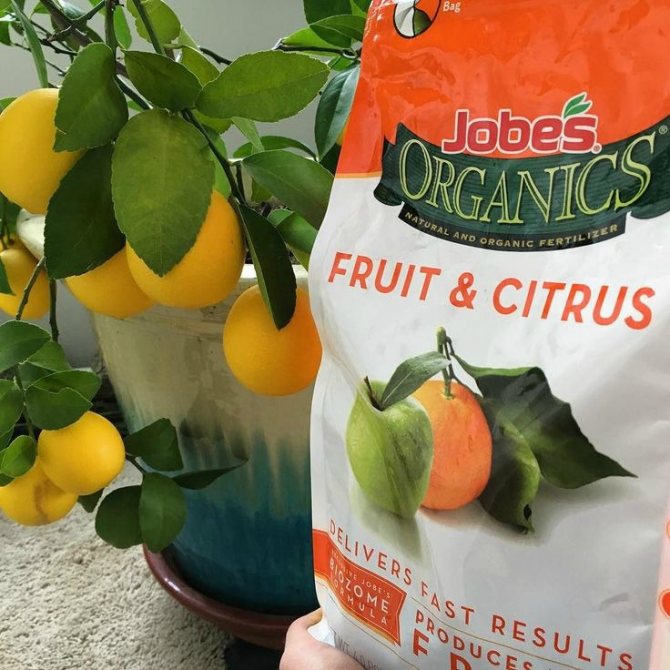
Have you noticed that the lemon has begun to turn yellow, and the buds that form are falling off without turning into the desired fruit? If these problems began at the end of winter, then, most likely, your green friend just needs to be fed, because at this time of the year he begins to grow intensively and needs abundant nutrition!
Fertilizer for lemon is chosen based on two factors: the season and the state of the plant itself. In addition, it is important to follow the basic rules in dressing, violation of which can lead to illness and even death of a homemade lemon.
Which lemon prefers
Lemon has the greatest need for nitrogen fertilizers. Nitrogen is needed almost twice as muchthan potash-phosphorus fertilizers. Despite the fact that fruitful crops require potassium for the formation of ovaries and fruits, lemon still prefers nitrogen more.
He also needs potassium and phosphorus. Fertilizers for feeding lemon should also contain trace elements:
- Copper
Without it, the apical leaves will wither, although the color will not change.
- Boron
Leaves with a lack of boron curl. In places, watery spots begin to appear, which dry out over time.
- If the veins on the leaves are clearly visible, this indicates a lack iron or manganese
It is necessary to water the plant with a solution of potassium permanganate at night, since light quickly decomposes the substance and it loses its strength. Every month need to water the lemon tree ferrous sulfate solution – 2 g / liter... If chlorosis is observed, then once you can use a concentration of 20 g / liter of water.
- The color of the leaves changes - a disadvantage sulfur.
- Deficit calcium manifested by folded downward leaf plates.
As for the general points of care at home, citrus fruits love a lot of light, moisture and heat. But not dry, as in an apartment in winter. Therefore, the tree must be sprayed so that it does not dry out.
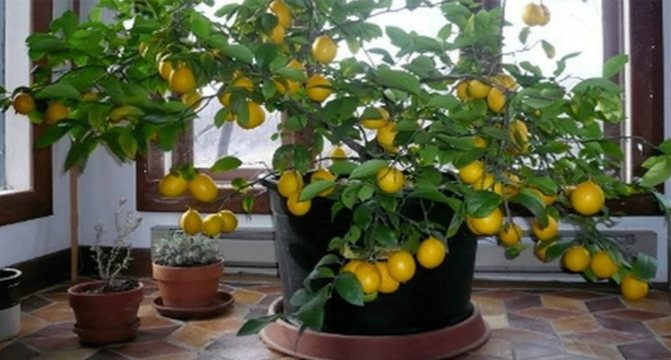

How to determine if you need feeding
You can understand that a plant needs feeding by a number of signs:
- slow growth and development;
- wilting of shoots;
- faded leaf color, chlorosis;
- lack of flowering, fruiting;
- shedding of leaves.
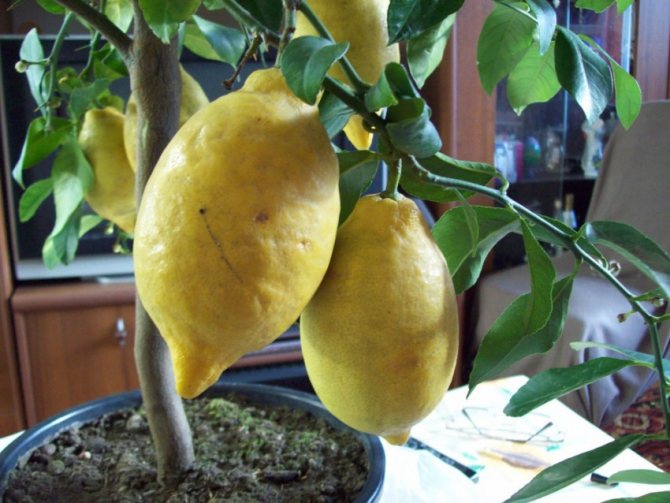

When growing a tree in indoor conditions, make sure that it does not experience a lack of mineral and organic fertilizers - they must be alternated.
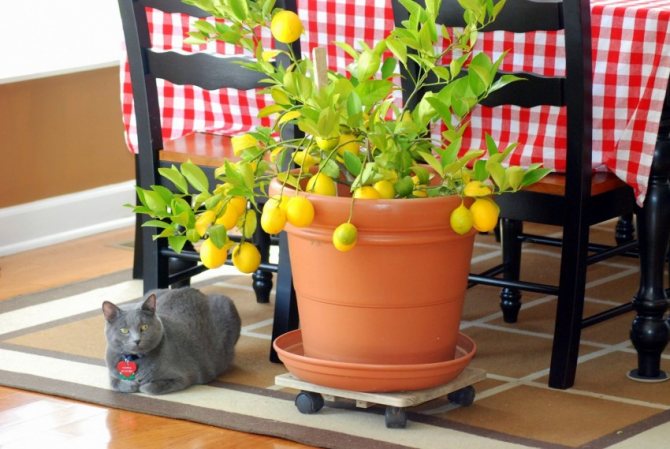

How to understand what the plant lacks
Deficiency of essential nutrients in lemon is expressed as follows:
- With a lack of nitrogen, the leaves turn yellow and crumble. It is urgent to apply nitrogen fertilizer to the soil or by foliar method. With prolonged deficiency, the fruits will form small in small quantities.
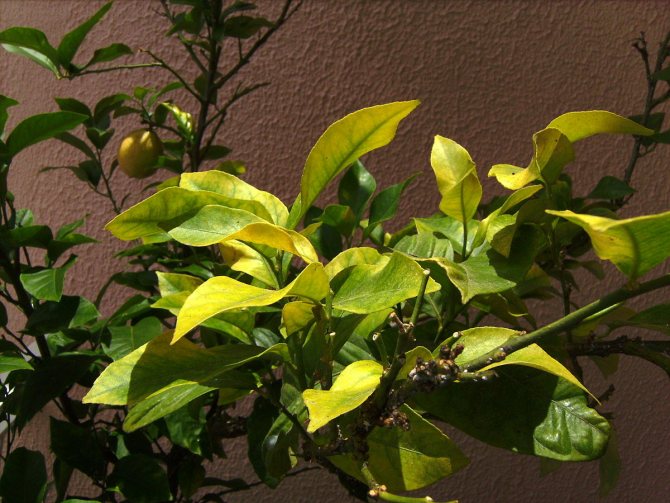

- Lack of phosphorus can cause thick skin or irregularly shaped lemons.
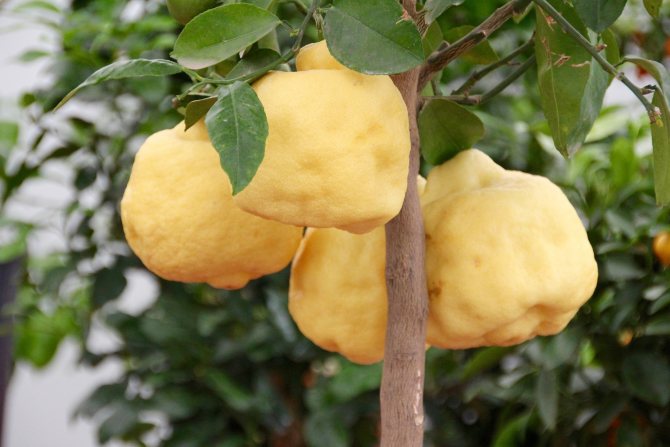

- Potassium is responsible for the number and size of the fruit. Therefore, with a lack of potassium in lemons during fruiting, you will not have to wait for a large and large harvest.
The best way to feed the lemon during fruiting - with organic matter or mineral mixtures - is up to the owner to decide. You can use one and the other in turn.
Signs of a lack of substances
In order for a room lemon to have a dense and rich in color crown, as well as to bloom and bear fruit well, it needs competent care.It is imperative to periodically apply fertilizer to the pot so that the plant does not experience a nutrient deficiency.
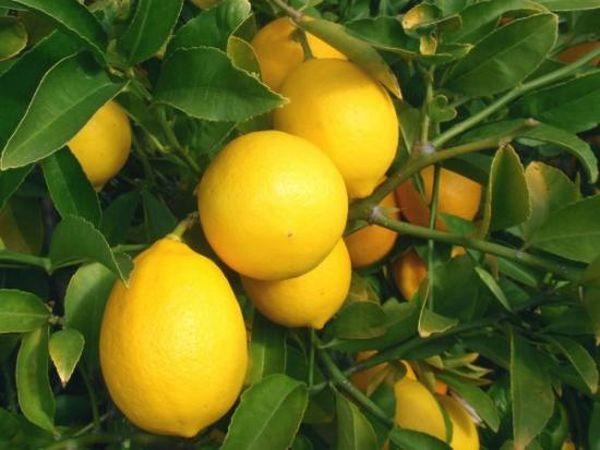

It is important to know what and when to add to the soil in order to create the right balance of beneficial micronutrients in it.
The lack of nutrients in lemon is manifested as follows:
- leaves begin to crumble from the tree;
- the leaf blade becomes yellow. She may also turn pale;
- veins begin to appear on the leaves;
- shoots become weak;
- dead spots may appear on plastic sheets. Its edges are wrapped;
- the tree stops blooming, the ovaries are not formed;
- stopping fruiting;
- outwardly, the lemon becomes lethargic and takes on a sickly appearance.
It is worth noting that each sign indicates a lack of a specific trace element. For example, a pronounced pattern of veins on a leaf indicates a lack of manganese and iron. A change in the color of the leaves indicates a lack of sulfur.
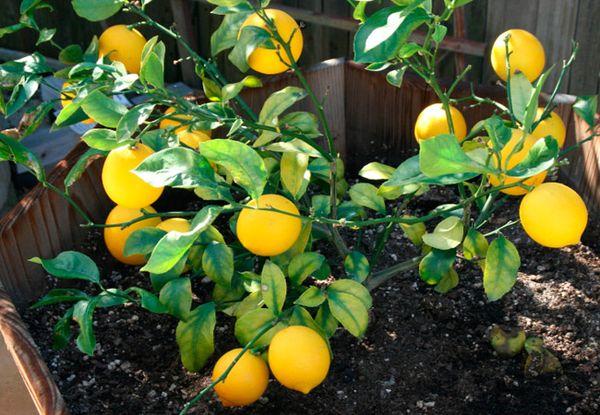

Potassium deficiency in lemon is manifested by the pallor of the leaves and their curling downward. Usually this pattern develops on young shoots. A lack of potassium is similar to a lack of boron. In this case, the leaves also lose their color, but they curl. Also, watery spots begin to form on them. After a while, the spots become transparent. At the same time, cracking of the veins can develop, which are later covered with a crust.
The low copper content of the soil causes the top leaves to wilt constantly. However, their color remains normal. However, the leaf plate may expand and acquire an irregular shape. With a lack of copper, young shoots are also deformed, which can quickly die off.
The fruits of the lemon tree can also suffer from a lack of trace elements. Lemons have resin clots and dark spots on the skin.
If the first signs of nutrient deficiency were noticed on the indoor tree, then urgent feeding is necessary.
Fertilizers for citrus fruits
Indoor lemons can be fed with store-bought citrus fertilizers. Their composition is balanced according to the needs of the plant. You can use folk remedies or organic manure or dung solutions.
Mineral
Ammonium nitrate is a traditional mineral fertilizer for the lemon tree at home. It will take 15 g of substance per 10 liters of water. If the plant is small, then recalculate the dosage. Needed solution of 1.5% concentration.
The most common source of phosphorus is superphosphate. His dissolve 50 g of substance per bucket in water and water the soil. The plant reacts best to phosphorus supplements along with manure.
Potassium salt or potassium sulfate can be used together with nitrogen and phosphorus fertilizers.
Video: Good fertilizers for indoor lemon and tangerine
Organic
Some experts advise adding fresh manure to the container with homemade lemon. When it decomposes, it releases large amounts of nitrogen. Maybe this is good advice, but in order not to destroy the plant, it is better to first insist the manure on water.
So you can be sure that the roots will not burn out, and the plant will receive its share of nitrogen. Manure also contains potassium, but no phosphorus, so fish or bone meal can be used as a source of organic phosphorus.
Someone advises to bury a fresh fish head in the ground. It remains to imagine what the smell will be in the apartment after such an experiment.
Wood ash can make up for the lack of potassium and phosphorus in lemons during fruiting. Dilute 1 teaspoon with a liter of water.
Traditional methods
Periodically, you can feed the lemon tree with coffee or tea leaves.They must be pre-dried so that mold does not appear in the soil.
Sugar can be added to the top dressing to help the plant drive out new shoots faster. Sprinkle 1 teaspoon on top of the soil and water. Such food can be given no more than once a week.
Eggshells are used, after grinding and mixing with starch. The mixture is scattered over the surface of the soil. When watering, nutrients penetrate into the soil.
Top dressing of lemon with potassium permanganate is necessary for the prevention of fungal diseases. Potassium permanganate accelerates the oxidation of organic substances, while the oxygen is released, which is needed by the roots. Top dressing with potassium permanganate disinfects the soil from pathological flora.
How to fertilize homemade lemon: three rules
- Moderation. The size of the root system of a homemade lemon is 30-40 less than that of its street counterpart. And the amount of land in the tub is very limited. A high concentration of fertilizers and their excess amount burns the roots and causes them to die off, so you need to know a sense of proportion in dressing lemon.
- Diversity. Indoor lemon must receive the full range of nutrients from the outside, because it cannot seek food for itself in the deep layers of the soil. Of course, this rule does not apply if you notice signs of a lack of one or another element in your lemon (I will talk about these signs later). In such a situation, the plant is given first of all what it needs at the moment.
- Pre-watering. Liquid and dry lemon fertilizer is applied to containers with slightly damp soil. After a fertilizing event, the plant needs to be shed once more with warm clean water. Be sure to make sure that the containers are equipped with drainage holes.
Citrus Nutrition Scheme
You should adhere to the natural conditions of the lemon tree - in nutrition and care. For wintering, you can choose a cool mode with a temperature of 5 - 10 degrees and partial blackout. You can provide the plant with a warm room where the temperature will be around 15 degrees.
It is important that the temperature of the earthy coma and the air coincide so that the plant does not shed its foliage. During warm wintering, it is impossible to arrange darkening, since the roots consume food, and photosynthesis is slowed down. On the contrary - during a cold winter, you should not give a lot of light, because the roots cannot provide food for the leaves, and they will crumble.
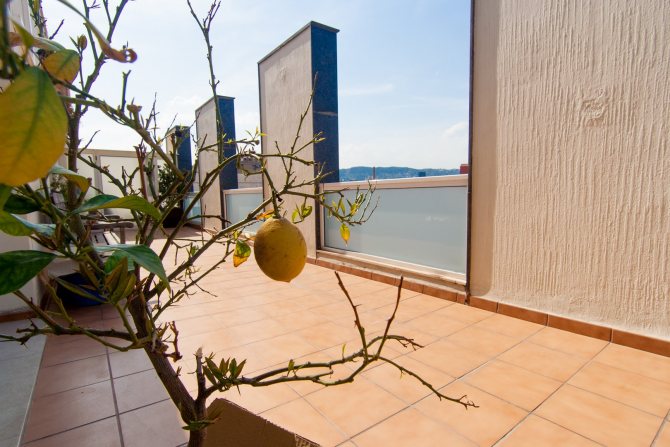

You need to start making food from the end of February... If the plant has wintered in the cold, then you can start watering it with warm water, then transfer it to a warm place and give a nitrogen or complex solution. Then feed a little every week.
Fertilization rules
When applying fertilizer, it is important to remember the following rules:
- Top dressing can be applied immediately after a few good leaves have appeared on the plant. Important! Up to this point, it is not recommended to make any top dressing, as they will cause more damage than good.
- You cannot apply too much fertilizer, this will create a destructive load on the root system and the plant will soon die.
- Watering and feeding the lemon should be done often, but not abundantly. Too much care in these matters will again lead to an overload of the root system, due to which the plant may die.
- The optimal feeding scheme during the fruiting period: once in an interval of 2 weeks. Important! At other times, top dressing should be applied only once a month. More feeding will negatively affect the plant.
Planting a lemon at home
In order for the lemon to please the owners with its decorative qualities and useful fruits, it is necessary not only to plant it correctly, but also to provide optimal conditions, and also to follow the rules of agricultural technology.
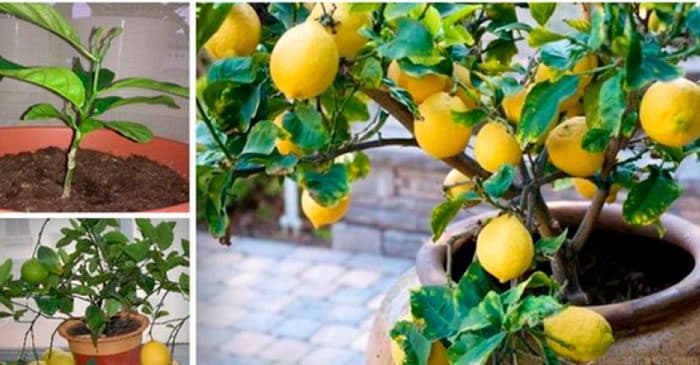

Variety selection and seed preparation
It must be remembered that the lemon does not tolerate acclimatization.If it was decided to buy a ready-made tree at once, then you should immediately make sure that it was not brought from warm countries, but propagated from a houseplant growing in a similar climate. There are two ways to propagate a culture:
- graft;
- grafting.
It is worth purchasing seedlings only in reputable retail outlets that value their reputation. You need to give preference to those lemons that have been grafted into Tripoliate. They are considered the most suitable for our region.
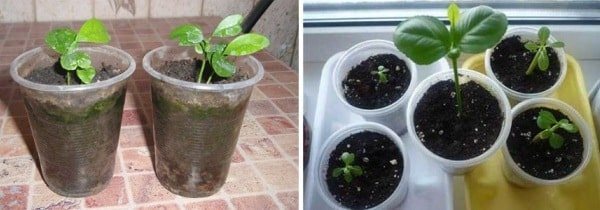

As for the variety, the best choice would be:
Feeding frequency
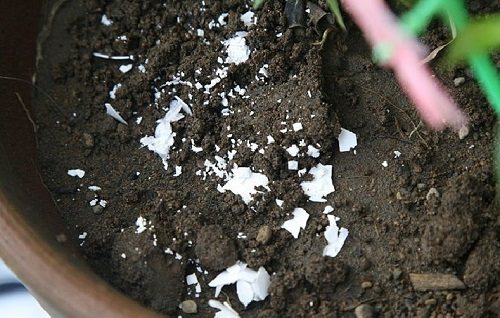

In winter, the growth processes of citrus fruits slow down; during this period, one feeding per month is enough for them. With the arrival of spring and the activation of shoot growth, it is necessary to fertilize the plants more often. Ready-made preparations can be alternated with natural fertilizers and applied once a week.
DIY nutritious compost for citrus plants - video
Along with other houseplants, citrus fruits are demanding in terms of care and keeping conditions. Not all flower growers manage to create the necessary tropical climate for miniature indoor trees. Fertilizing citrus fruits at home is also important, it provides plants with full growth, flowering and fruiting.
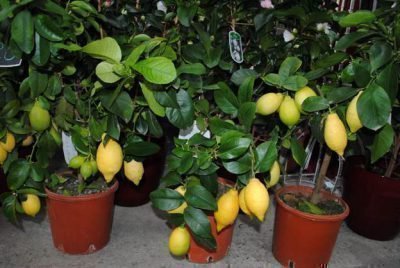

Fruit ripening and harvesting period
How long does a lemon ripen on a tree? On average, harvesting begins 3-4 months after flowering ends. As a rule, this time falls on the beginning - middle of winter. The ripeness of the fruit is determined by its color and taste. If the bush bore fruit abundantly, then you can pick one fruit, cut it and taste it. If there is too much acid, then you will have to wait a couple more weeks.
It is not recommended to leave the ripe harvest of lemons on the tree for longer than January, otherwise fruiting may be delayed next year. In addition, the fruits wrinkle by this time, which indicates that they are overripe.
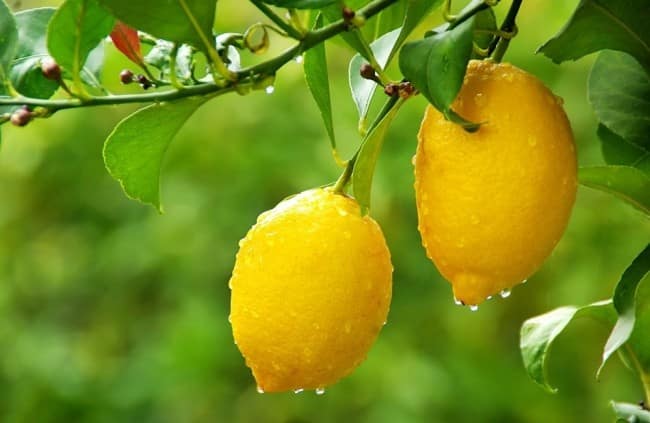

Varieties suitable for home growing
Lemon is not just a decorative bush in the house. With proper care and compliance with the conditions of agricultural technology, as well as the correct choice of a variety, you can get a harvest of useful fruits from it and provide yourself with a supply of vitamins for the winter. However, not all species are suitable for growing in apartment conditions.
Meyer
The fruits of this variety are small in size, round in shape and rich yellow color, even close to orange. The peel is very thin, there is no tuberosity. Meyer is an early ripening lemon that can be harvested 8 months after the buds appear.
Before the resting phase
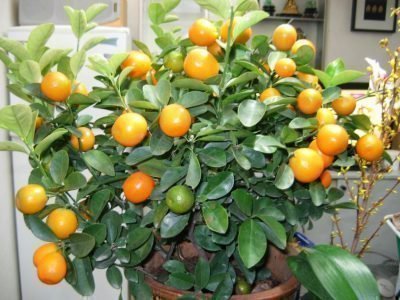

During this period (August - September), when the plant stops growing, it is fed with phosphorus and potassium fertilizers. Nitrogen-containing drugs are also introduced, but in small doses.
To complete the growth process, strengthen young shoots, preserve the crown and maintain immunity at the proper level, flower growers feed citrus fruits with superphosphate and potassium sulfate.
For this purpose, a complex fertilizing for citrus indoor plants is best suited. It contains phosphorus, potassium and the minimum acceptable dose of nitrogen.
Both root and foliar nutrition is carried out. The concentration of substances will be different. The preparation of feeding is carried out according to the instructions on the package.
Spraying
Subtropics are a habitual environment for citrus fruits. Therefore, they are used to high humidity. Humidity is very important for citrus fruits, so it is important to constantly spray the tree.
What is it for?
When spraying, not only the plant itself is moistened, but also the air around it, creating a comfortable environment for the citrus. Spraying is necessary to remove accumulated dust from the leaves and tree trunk. Regular spraying protects the plant from parasites living in dry environments.
How and what to do the procedure?
Use a spray bottle to distribute moisture evenly over all the leaves of the tree. You can not spray the tree in the sunas moisture droplets cause burns. Therefore, you should spray lemon in the morning or evening.
It is not difficult to follow all the rules for watering citrus, the main thing is regularity. If you water the lemon correctly, it will not only be healthy, but also beautiful in appearance. Remember that it is easy to start a plant and destroy it, but to bring it back to life is difficult and sometimes impossible.
Watering is the main component of lemon health. To care for the lemon correctly, monitor the condition of not only the tree and fruits itself, but also the soil, since the healthy growth of citrus depends on the soil.
If you find an error, please select a piece of text and press Ctrl + Enter.
Lemon tree maintenance is impossible without regular watering. Only when the soil is properly moistened does citrus develop, bloom and bear fruit.
Caring for a house tree
You need to know how to properly care for homemade lemon so that it pleases not only with its decorative qualities, but also with useful fruits. The plant must be fertilized on time, properly irrigated and pruned, and transplanted from time to time.
Lighting
Uniform lighting is recommended for lemon growing. It is difficult to provide it in a residential apartment, therefore experienced florists recommend turning the pot with a plant every day. For the normal development of citrus fruits, 12-hour daylight hours are ideal. In winter, it is better to artificially bring the tree to a dormant state.
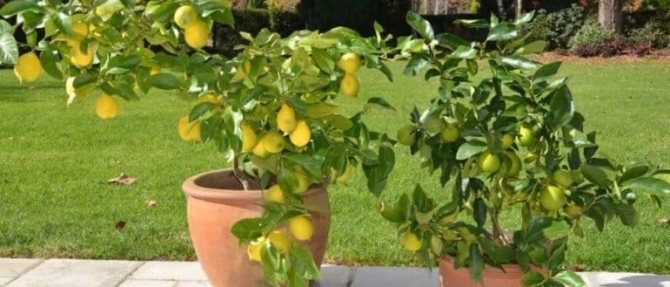

Humidity and temperature
It can be difficult to create ideal conditions for growing lemons in an apartment. A constant air temperature is important for them, since the plant reacts very painfully to changes. During the growing season, this indicator is maintained at a level of 22-24 ° С, and during the ripening of fruits - about 18 ° С. Lemons hibernate at + 10 ° C. As for humidity, in the warm season its level should not fall below 60%, and in the cold - below 40%.
Watering
How often are citrus fruits watered in summer? Lemons need regular watering. The formation of a dry earthen coma in the upper part of the pot is unacceptable. In hot weather, daily irrigation may be required... Do not use tap water that contains a lot of chlorine to irrigate citrus plants. This can lead to various diseases, including leaf chlorosis. It is better to use well or rainwater with a temperature of 30 - 35 ° C.
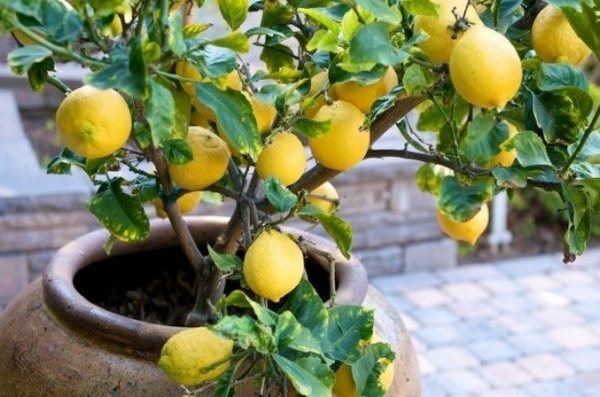

Sprinkle the lemon until water flows from the bottom holes of the pot. Excess liquid is simply drained from the pallet. A couple of times a day, the foliage is sprayed with a spray bottle.
Crown formation
Lemon tree pruning is carried out mainly in the spring, although it is allowed to carry out these works in autumn and winter. Forming the crown is a necessary event, since a thickened tree needs more daylight, and also bears fruit poorly. The first time the seedling is cut when it reaches a height of 20 cm.Initially, the main trunk of the tree is cut at a height of 30 cm.
Over time, lateral shoots grow in this place, from which skeletal branches are formed. Lemon fruits will form and ripen on them.
The branches of the 1st and 2nd order are pruned at a height of 25 cm, the 3rd - 15 cm, the 4th - 10 cm. Subsequent orders are not pruned at all. Those shoots that interfere with the growth of young twigs must be completely removed.
See also
How to Grow and Care for Mandarin at HomeRead
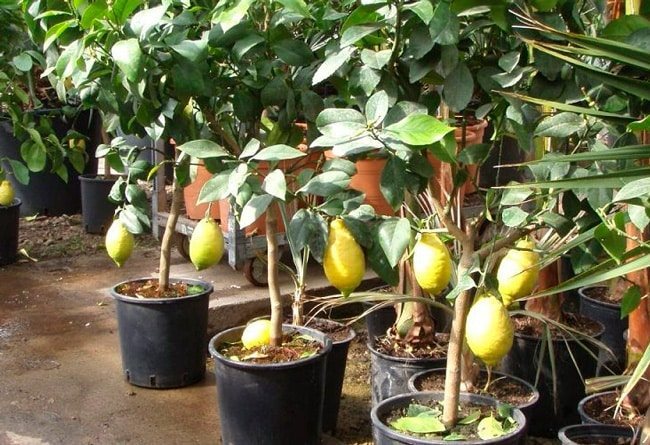

Transfer
Lemon must be transplanted in the following cases:
- the plant grew and it became cramped in the old container;
- signs of root rot are found;
- the pot has accidentally broken;
- the tree has ceased to actively grow and bear fruit abundantly.
The transplant procedure itself is similar to landing.The transshipment is carried out together with a lump of earth, while carefully examining the condition of the root system of the lemon tree. If an unpleasant putrid smell emanates from it, or other signs of root rot are noticed, then all damaged roots are immediately removed.
Care advice
These indoor plants should be fed with extreme care. It is important to follow all the rules for preparing fertilizers for application to the soil. Lemon, tangerine, orange and other indoor trees in this family do not like overfeeding. In case of an overdose, the plant loses its appearance and often dies.
Due to the lack of nutrients, citrus becomes weak and vulnerable to many diseases and pests.
Throughout the year, all plants of the Citrus family go through different phases: active growth and dormancy. They need to be fertilized each time with a new mixture of nutrients. For these purposes, seasonal feeding is used, which you can purchase at any flower shop or prepare it yourself.

